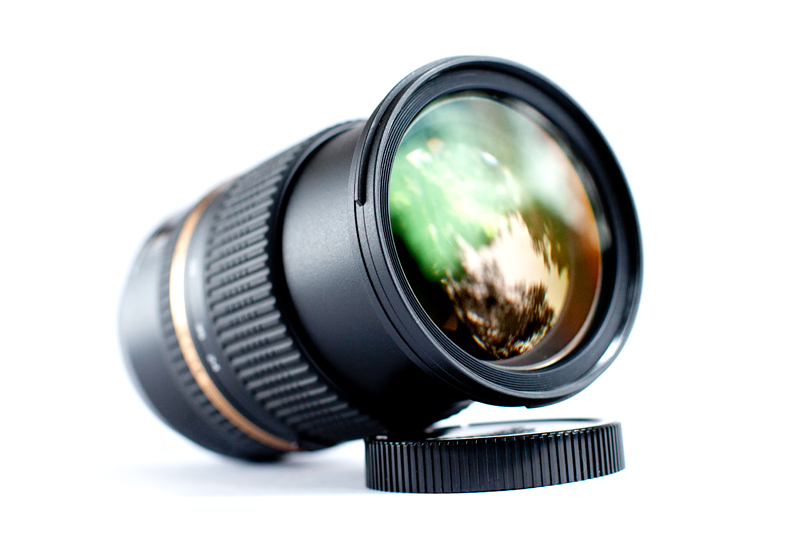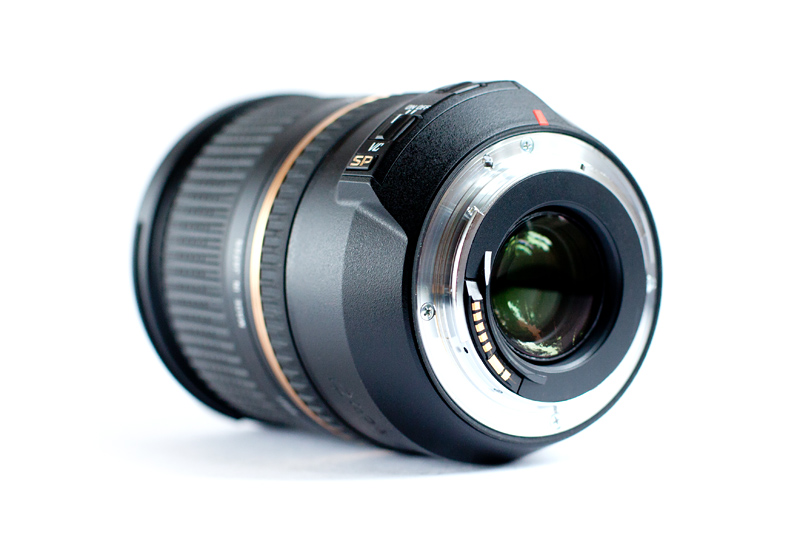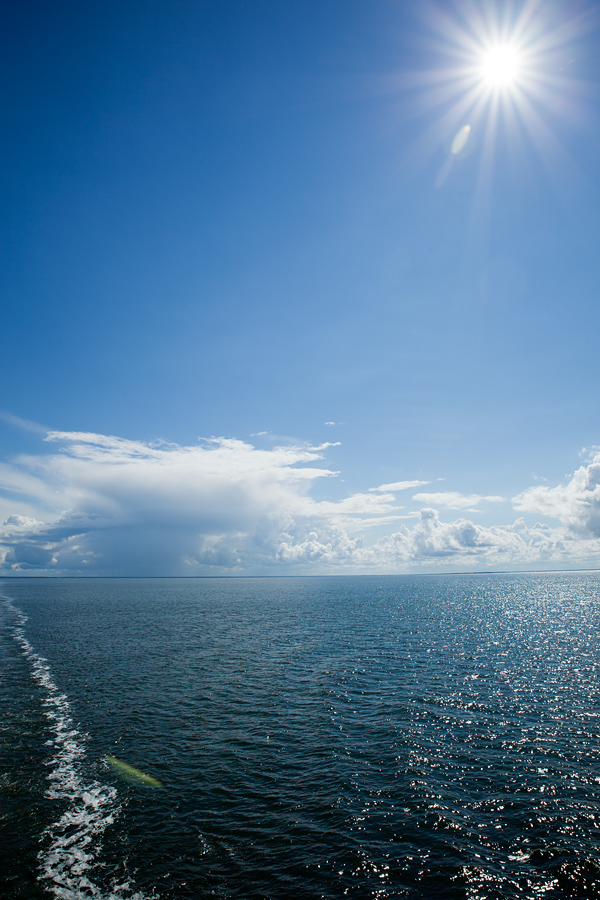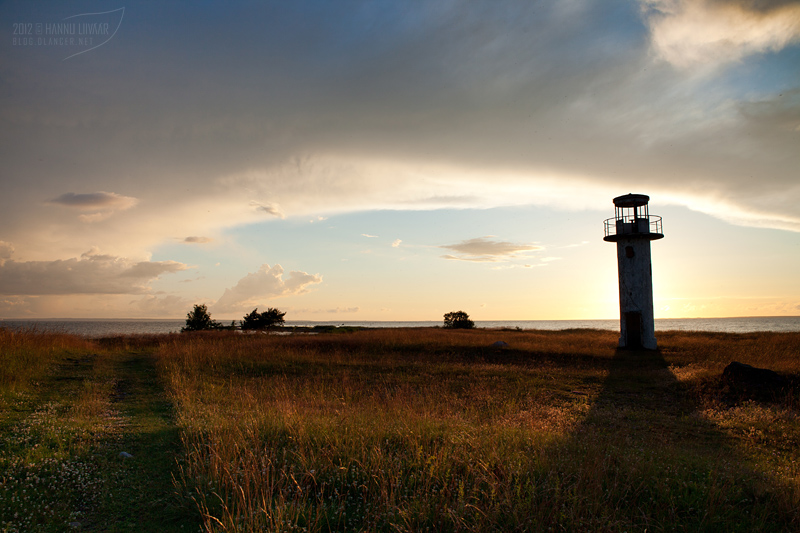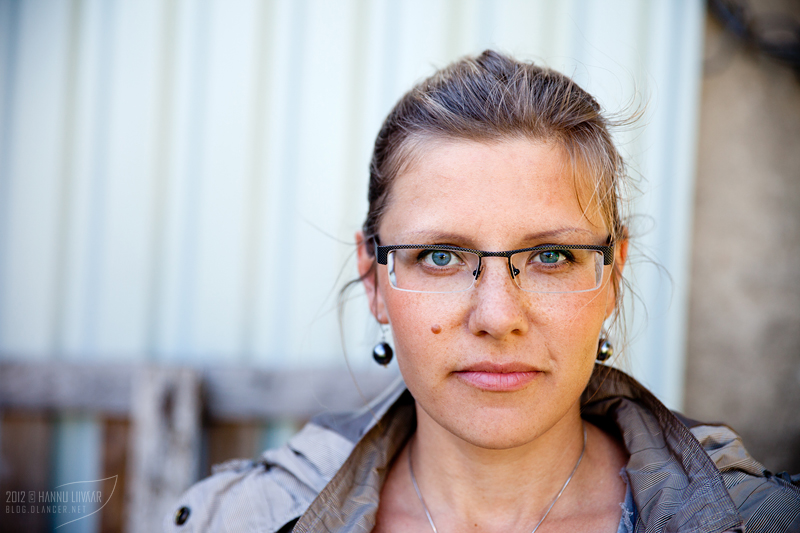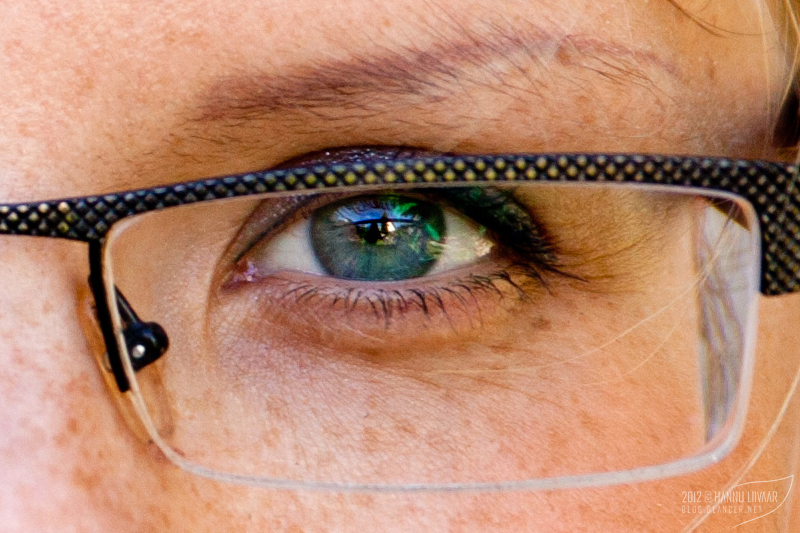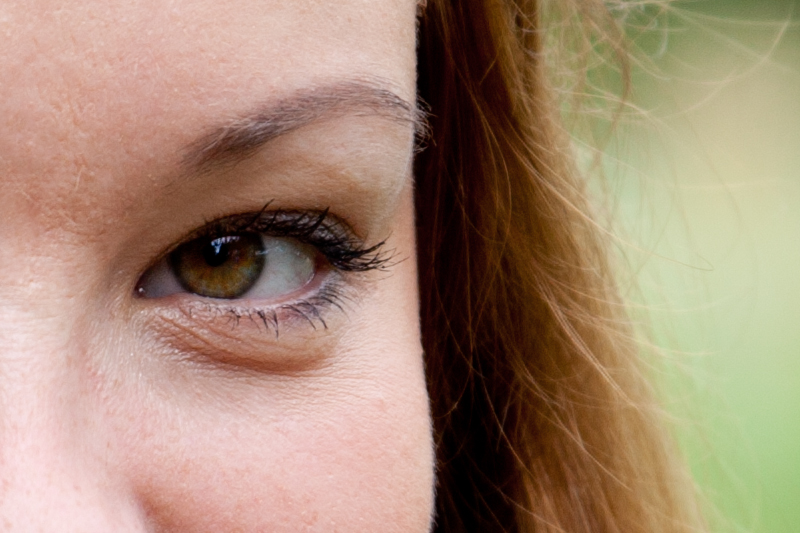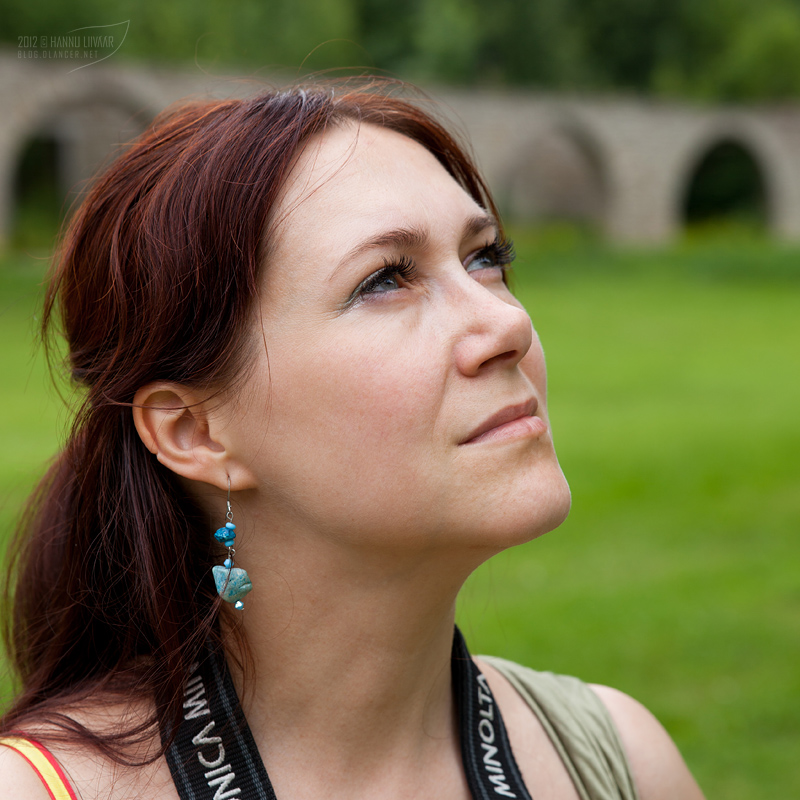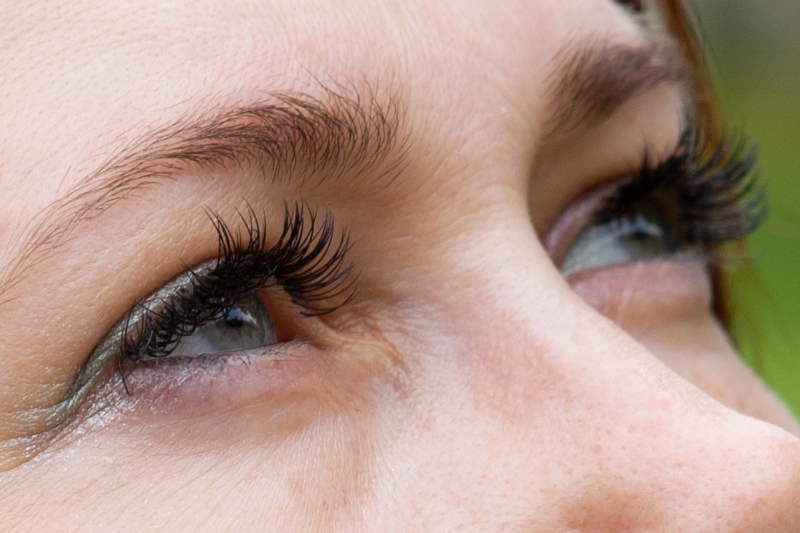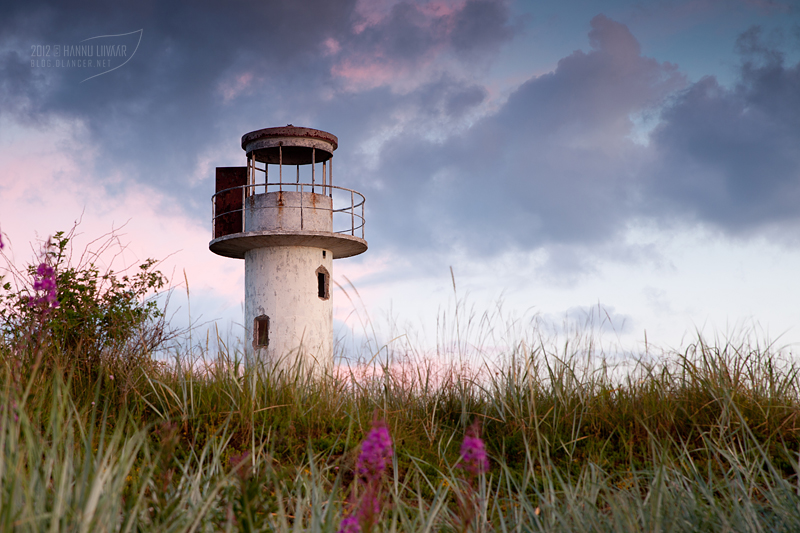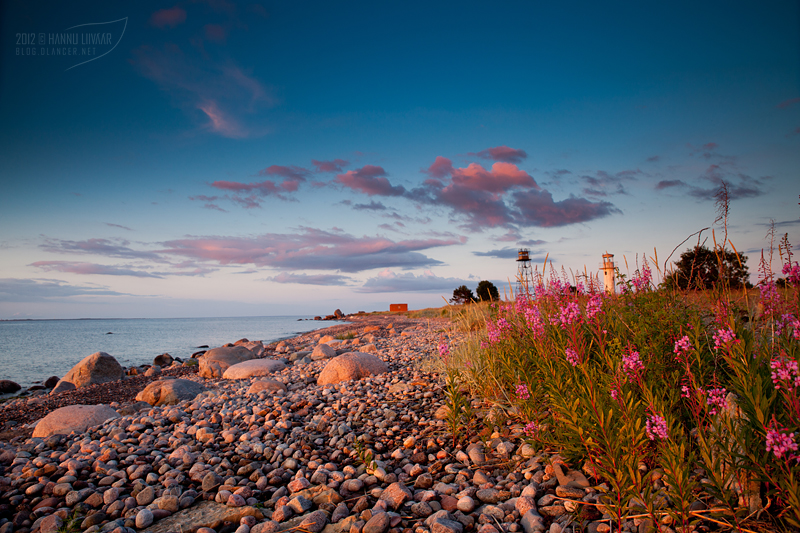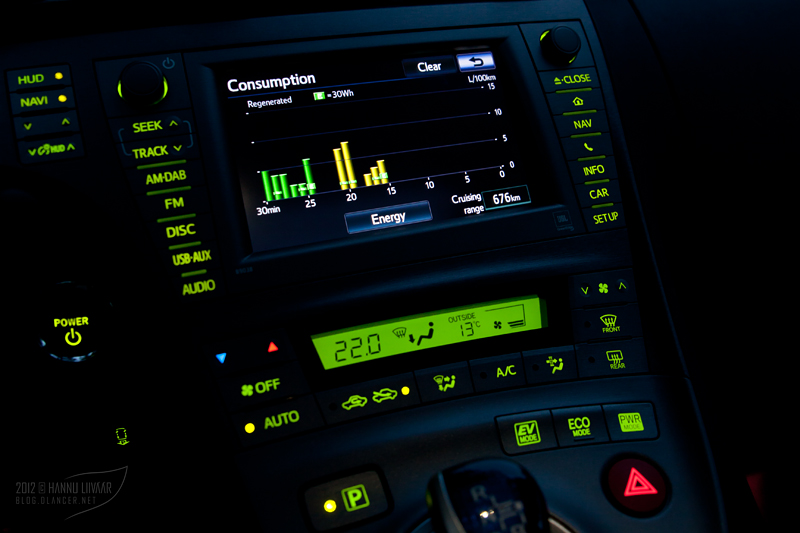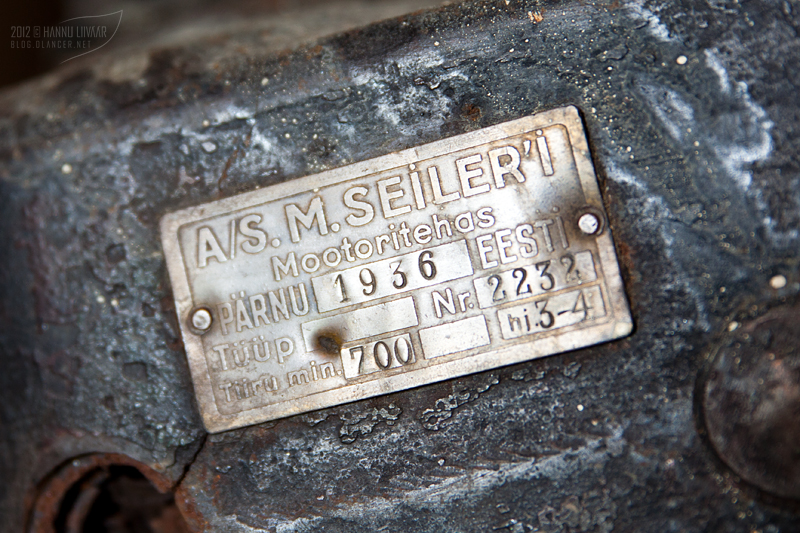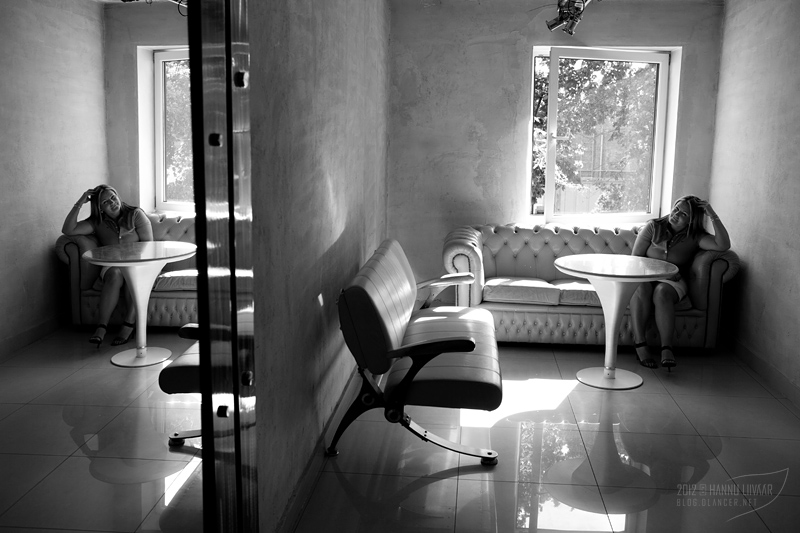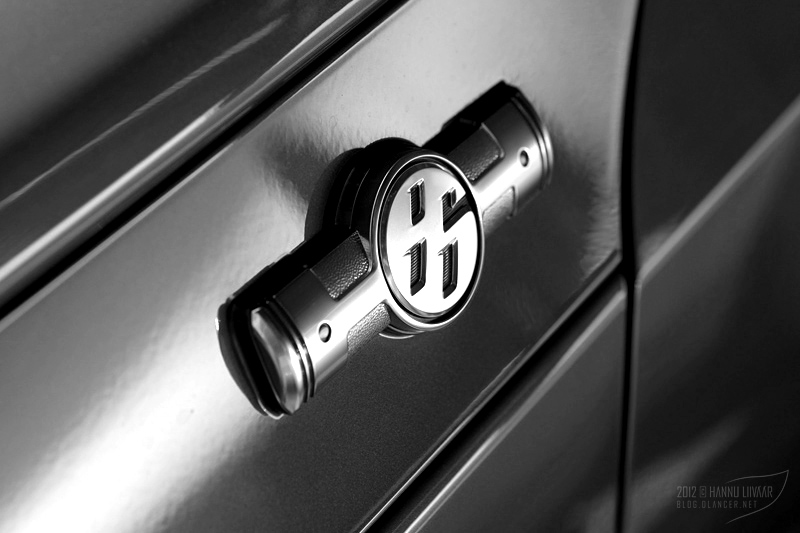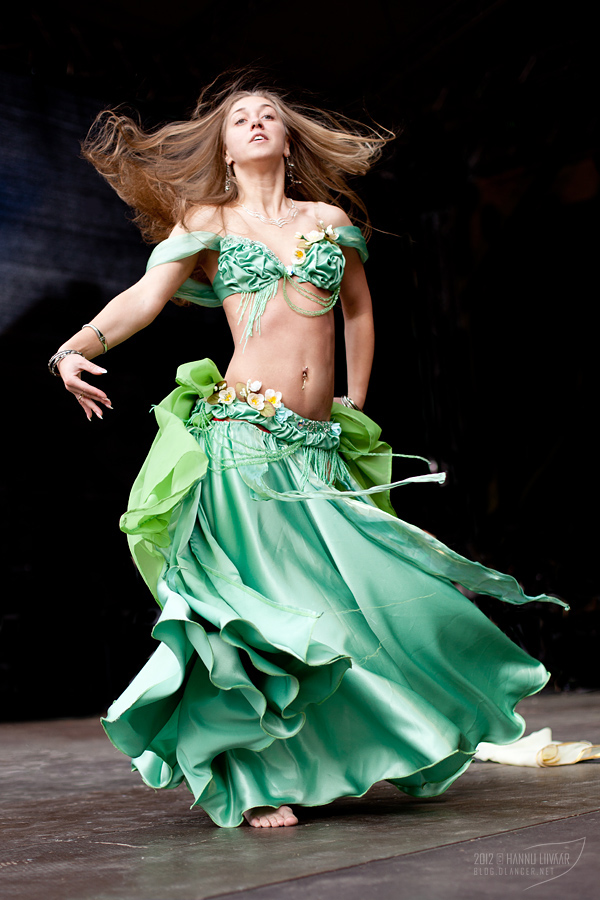First of all, many thanks for Nordic Digital for providing the lens for testing purposes.
Collecting feedback from photographers with diverse background always helps to find better marketing alternatives. In addition to high motivation to take the best images, every photographer also highly appreciates the chance to learn through the latest and greatest equipment.
Tamron 24-70mm F/2.8 Review
Build quality; look & feel.
If you have used Tamron lens before, you already know what to expect. High quality plastic housing, traditional golden/bronze ring around it, and all metal camera mount. It is one of the top lenses of Tamron as of today, and Tamron is proud to confirm it with its SP (Super Performance) note on it.
At a glance, no particular information was available at the official page of the lens about the weather resistance, however just next to the full metal body mount you can find soft rubber sealing - a clear sing the lens is designed to use with high quality cameras.
Despite the plastic housing the unit feels solid and ready for tough and long lasting photo sessions. It weights 825 grams, slightly more than Sigma's 24-70/2.8 HSM (790g), and about a hundred grams less than the Canon's 24-70/2.8. (910g).
You can find the AF/MF and VC ON/OF buttons under your fingers at the left, so the layout is similar to Canon L series lens, meaning you can focus on shooting without re-switching your brain when changing the lens.
The zoom moves from 24 to 70mm smoothly, not a single complaint about this being too tough or loose. The front element (82mm thread) does not rotate when zooming or focusing, so you can easily use any of your filter for desired photographic effects.
All of the sample images here in this article were shot with Canon EOS 5D Mk II DSLR.
Optical quality & features.
Optical quality through every aperture, against and to the light source, smooth bokeh, close and far foucs, at widest and longest end of the zoom - this is what you'd expect from a lens retailing around $1300/€1100. Let's take a look at some of the main qualities often discussed about all-around bright zoom lens.
Sharpness at the center of the image is good at F/2.8, very good at F/4, excellent from F/5.6 to F/11. As with many features of the quality of the lens, it often depends on several aspects - conditions of light, stability of the lens/subject etc. With that said, it is not impossible to achieve razor sharp shots at F/2.8, if the conditions are supporting this.
Sharp images at the widest F/2.8 aperture is one of the most important reasons to buy this lens, so the answer to the main question - is the lens sharp at the widest aperture? - yes, it is.
Corner sharpness is somewhat compromize - it is not bad at F/4 and quite good at F/5.6-11, but not a match to a Canon 24-70/2.8L. Crawling through some of the reviews comparing the lens against Sigma 24-70/2.8 HSM, it seems the Tamron is better, but I can not confirm it as I have not been able to use the Sigma in "real life" photographing situations.
Some of the reviewers are actually very happy with the image quality of Tamron compared with the Canon, so I guess it really depends on the copy you have in your hands; and of course it is often a matter of taste as well.
Bokeh (out of focus area).
Tamron says its diaphragm blades are designed to have the smoothest bokeh, so almost a perfectly circular aperture at wide open (F/2.8) and up to two stops down (F/4, F/5.6). This should result in pleasant bokeh, so the out of focus area of the image is "smooth and buttery" :) True it is, not a single complaint here - the bokeh is excellent, especially at F/2.8 with close focus distance.
Example of bokeh: F/2.8 - a very smudgy/smooth bokeh. Also note how thin is the actual depth of field at F/2.8.
Example of bokeh II: F/5.6 - Background is still very pleasant to the eye.

Example of bokeh III: F/7.1 - Despite the lens being stopped down, the quality of the bokeh is still excellent.
Distortion.
Distortion is heavy at 24mm, not really a problem at 70mm (though still visible). Here the Canon 24-70 outperforms the Tamron clearly. Combination of soft corners and more than average distortion makes the Tamron not the perfect choice for indoor/architecture photographers.
For daily shooting - street, portrait, events, details.. - the distortion should not be that much of a trouble. If you are requiring the ultimate quality and straight lines, you the wide end of the zoom may not be the best choice for it.
CA (Chromatic Aberration).
Chromatic aberration (color highlights at very contrasty areas; sometimes the term "purple fringing" is used) is in general not a problem with such a new lens, where nano technologies (coating) are in use. If you are looking for it, you'll find it. But you do not notice it and the CA is almost none compared with 10-20 years old lens design.
ISO100, 24mm, 1/500s, F/9. 100% crop of the image: notice the purple CA at the contrasty areas:
.
Shooting against direct sunlight.
Here are a couple of example images as follows, with the shooting against direct sunlight. The lens handles this type of conditions well, no major flares or internal reflections visible. Without the lens hood there are accidental flares visible though.
The contrast of the scene is also well handled when shooting against direct sunlight.
ISO100, 24mm, 1/400s, F/10, VC off. Notice the flare at the top right corner, and the lower left corner. The lens hood was not used. You can also see the horizon is not that straight - an example of some distortion at widest angle of the lens.
ISO100, 24mm, 1/200s, F/10, VC off. Cokin Z-Pro ND4 gradual filter was used for sky.
Using the lens for portrait.
70mm @ F/2.8 together with a superb bokeh looks like a real deal for the portrait photography. It really is. Somewhat longer range (and/or thinner DOF & larger aperture, i.e. 85/1.2, 100/2, 135/2, 200/2) is arguably better for to accent the portrait even better, but the 70/2.8 will do if you have just one lens in your pocket when going out shooting.
Image stabilization helps well when the light conditions are not the best or when the subject (pets, children) tends to be unstable.
ISO200, 70mm, 1/500s, F/2.8, VC off. Here's a 100% crop of the image:
.
ISO100, 70mm, 1/125s, F/3.5, VC off. Pixels at 100%:
.
ISO100, 70mm, 1/200s, F/5, VC off. Pixels at 100%, notice how much sharper is the detail at F/5, compared with F/2.8 and F/3.5 (previous examples):
.
Using the lens for nature & landscape.
Relatively wide angle and large aperture makes this lens an excellent choice for the nature/landscape photographers. The lens is big, heavy and bright with excellent colors and contrast. Takes 82mm filters. Distortion is minimal at 70mm, so the lens is more or less usable for panoramas as well, by taking several separate shots and merging them together later with special panorama software.
ISO100, 24mm, 1/125s, F/6.3
ISO100, 70mm, 1/4s, F/5.6 (VC off, shot from a tripod)
ISO200, 24mm, 1/25s, F/5.6
The "sweet spot" of the lens (the sharpest result the lens can produce at certain aperture) is, as usual, somewhere between F/5 to F/11. Extremely sharp at F/6.3-8.
Macro capabilities.
The lens can focus as close as 38cm. At 70mm, this gives the maximum magnification ratio 5:1 (meaning the closest area you can focus at 70mm is equal to 5x36 and 5x24mm in real life, so the real life scene is about 180x120mm).
Great macro lenses gives you 1:2 or 1:1 mag. ratio, so the Tamron 24-70mm /2.8 is not a dedicated macro lens, but can still help you with shooting smaller details all around. The macro performance is, for example better, than with the Canon 50mm F/1.4 USM lens, which can focus on 45cm at 50mm with the mag. ratio about 1:6.7
ISO200, 70mm, 1/250s, F/5.6
ISO200, 70mm, 1/160s, F/4.5
ISO200, 70mm, 1/100s, F/3.5 Love the bokeh.
ISO100, 70mm, 1/200s, F/5.
<
Focus performance.
The term USD stands for Ultrasonic Silent Drive - a pretty common ring type motor focus used in modern lens (USM (Canon), AF-S (Nikon), HSM (Sigma) are basically the same technologies).
Focus is really silent, comparable with Canon 24-70/2.8L focus, and for example more silent than the USM of Canon 50mm/1.4 lens. Focus is fast and precise. Not a single focus problem event I can recall within the testing period.
Using manual focus is a matter of taste - it works, but is perhaps not so enjoyable as old "iron" lenses, such as Nikon AI(-S). If you have used them both, you know the difference.
ISO200, 70mm, 1/100s, F/3.5
Image stabilization.
VC stands for Vibration Control at Tamron (VR (Nikon), IS (Canon), OS (Sigma) are the same technologies). Tamron provides this lens with VC for Nikon and Canon, but not for Sony (Sony Alpha cameras are using "floating sensors" for image stabilization). In general, lens image stabilization is considered a bit more effective than the ones used at DSLR bodies.
Vibration control for the 24-70mm works quite well. A nice addition to already quite stable system (Canon 5D/7D bodies are quite heavy, as well as the 1D* pro series bodies of Canon, also *D and ***D bodies of Nikon). This means you can easily get sharp photograph at 1/10s shot hand held @ 70mm, 1/2 is not a problem at 24mm. In combination with the F/2.8 aperture and excellent (ISO1600/3200 capable) sensor, it gives you a nice tool for low light photography.
The corner softness, some distortion and vignetting have been under discussion already. For me personally a good image stabilization outperforms all the listed weaknesses; the extra 2-3 stops at plastic housing against no image stabilization at metal housing works better for me as well.
ISO400, 24mm, 1/5s, F/3.5, VC on.
ISO400, 70mm, 1/30s, F/2.8, VC on.
Conclusion.
So is the new Tamron 24-70/2.8 something do be considered compared with its peers at Canon/Nikon, and a really close competitor Sigma 24-70/2.8 HSM? Three weeks and ~1800 shots later, the answer is yes.
You get excellent build quality, sharp photographs at the aperture wide open, effective image stabilization for low light and taking videos, and lovely bokeh in addition to all this.
Slightly soft corners, mild vignetting at wider apertures, plastic housing, some distortion at the wider end of zoom - if you can live with it, this lens is definitely something you should consider if you are about to find a bright, universal zoom lens for everyday use.
It was not easy to return a lens as good as this - it was like saying goodbye to a good friend. Go and try it by yourself - you'll be amazed of what this beauty is capable for.
